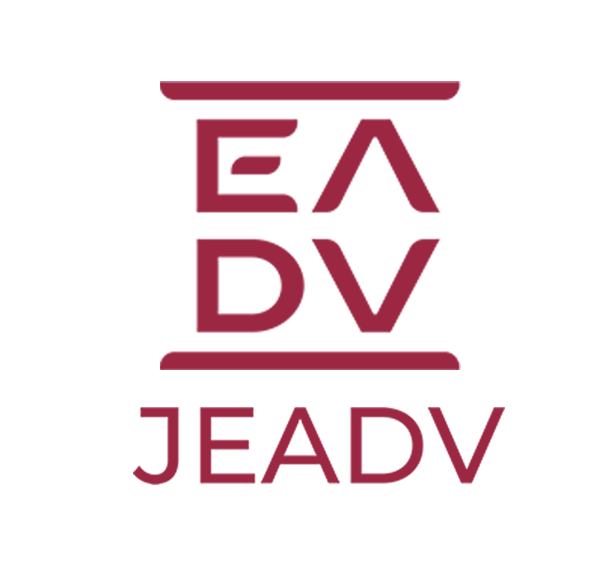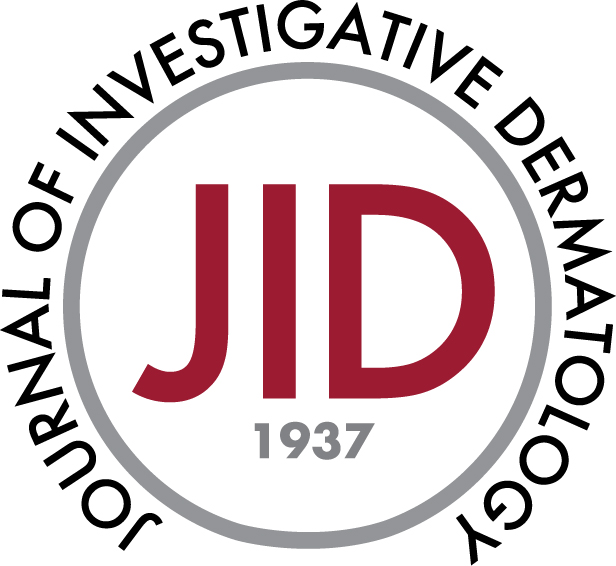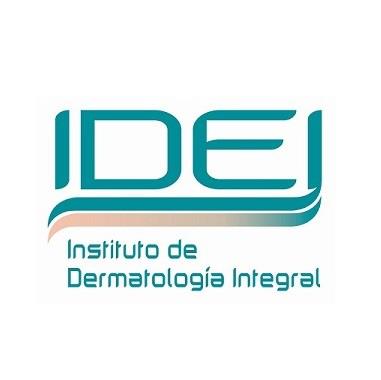Conclusions
The study conducted to evaluate the clinical performance, efficacy, and safety of the device has yielded promising results. The comprehensive analysis of the CUS, Data Utility questionnaire, SUS, and Patient Satisfaction questionnaire has provided valuable insights into the tool's effectiveness in supporting dermatologists in their clinical practice.
The observed sample mean of 76.67 on the CUS suggests that the device has been positively received by the participating specialists. Noteworthy is the unanimous agreement on the ease of use and the high rating for optimizing time according to each patient's needs. It's also worth noting that, despite that the medical device was positively rated by the specialists, the goal of achieving a mean of 80.00 on the CUS was not reached. This result was due to the lower sample size of specialists who completed the questionnaire. In this way, an outlier, and due to the small sample size, impacted disproportionately the overall result, especially for questions 7, 8, 9 and 11. As can be seen by the higher standard deviation and lower mean average in these specific questions. We need to take this fact into account for the following studies and implement measures to mitigate this effect, such as a larger sample size, which could have diluted the effect of the outliers over the statistical outcomes, or predefined management for outliers.
Additionally, the device demonstrated efficiency in generating reports, receiving high ratings from the specialists. These outcomes affirm the device's potential to streamline clinical workflows and enhance patient care.
The Data Utility questionnaire revealed unanimous agreement among specialists regarding the usefulness of a device to facilitate their regular practice. Moreover, the majority expressed a preference for utilizing a device to identify the severity of cases, indicating its potential as an aid in diagnostic support.
The System Usability Scale assessment further underlines the positive reception of the device. Specialists found the tool to be user-friendly, with high scores indicating ease of navigation and minimal complexity. The unanimous agreement on the ease of use and the absence of perceived expertise required to navigate the device emphasize its accessibility and suitability for clinicians.
Patient satisfaction is a crucial aspect of any medical tool or platform. The results of the Patient Satisfaction questionnaire indicate a generally positive response from patients. They found the device to be easy to use, useful in monitoring their condition, and were satisfied with the care provided through the device.
In conclusion, the device has demonstrated notable clinical utility, usability, and safety in the evaluation of dermatological pathologies. The positive responses from both specialists and patients affirm its potential to serve as a valuable clinical decision-support tool. Further research and real-world application are warranted to explore the device's broader impact on dermatological practice and patient care.
Summary
- Code: LEGIT_COVIDX_EVCDAO_2022
- Status: Finished
- Start date: March 3rd, 2022
- Finish date: October 23rd, 2023
- Acceptance criteria:
- A score of 8 or higher in the Clinical Utility Score (CUS) filled by the medical staff









